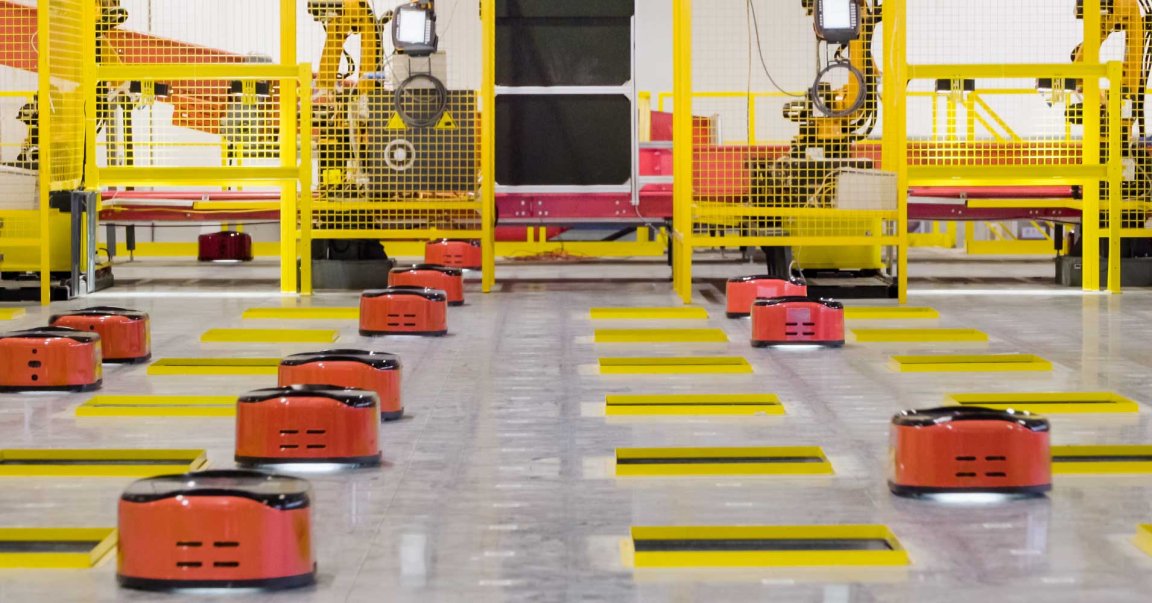
Robot Retreat
Want to see the world’s greatest fears about automation realized? Take a look at JD.com’s Shanghai warehouse.
A 40,000-square-meter facility like JD.com’s would usually employ 400 to 500 human workers, but thanks to its many automated system, that number is cut down to just five. And those employees don’t even do any warehouse work — they’re just on site to service the machines.

Rise of the Machines
The Shanghai warehouse wasn’t always like this. It underwent an automation makeover at the hands of Tokyo-based start-up Mujin in 2017. The company builds controllers and camera systems that it can then pair with existing robot arms to increase their autonomy and intelligence.
At JD.com’s automated warehouse, the results of this integration are robot arms that can pick, transfer, and pack packages, while other robots zip around the warehouse floor, transporting packages to loading docks and trucks.
This Is Fine
Despite all the signs pointing to the contrary, Mujin’s American co-founder and CTO Rosen Diankov doesn’t view automation as a threat the human employment.
“Introducing robots creates more jobs, and history has shown that’s been the case,” he told CNBC. “Companies that have embraced automation, like Toyota — it’s the biggest car company in the world now.”
The 400-plus people who would typically work at a warehouse like JD.com’s might disagree.
READ MORE: The World’s First Humanless Warehouse Is Run Only by Robots and Is a Model for the Future [CNBC]
More on automation: Automation Will Replace a Staggering Number of Workers in Major Cities